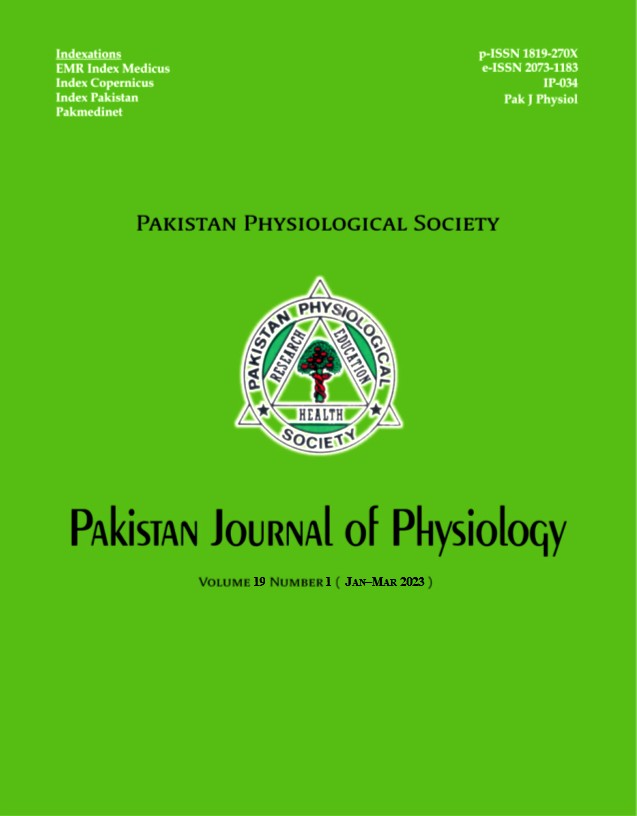BENEFITS AND DISBENEFITS OF ONLINE TEACHING DURING THE PANDEMIC: STUDENTS’ LEARNING EXPERIENCE
DOI:
https://doi.org/10.69656/pjp.v19i1.1493Keywords:
Virtual teaching, Pandemic, Benefits, Gagnes 9 events of instructionAbstract
Background: Virtual teaching approach includes combination of e-learning technology with traditional instructor-led training as online classes. The study explores the benefits, dis-benefits of online teaching for medical and dental undergraduate students and assesses how to overcome the challenges to online medical education during the pandemic. Methods: It was a cross-sectional study. The sample size was 150 including 100 MBBS and 50 BDS students of Jinnah Medical and Dental College, Karachi. The participants were enrolled in study through convenience sampling technique. Through a questionnaire-based survey conducted in the year 2021 benefits, dis-benefits of virtual teaching and learning of pharmacology as well as the difficulties faced by the participants, were assessed. The questionnaire was developed and pilot testing was done on 20 medical students. The data was analysed using Chi-square test. Results: The overall results of this study were not up to the mark and dis-benefits experienced by the participants in this study were high. This study also highlights certain issues including technical issues of internet interruptions/ bandwidth (92%), disturbances during the online sessions (79%), missing the interactive dialogues with lecturers (75%), missing end of session revision (67%), quality issues of recorded lectures (66%), short duration of online sessions (44%). Conclusion: The online teaching during COVID-19 pandemic lockdowns had been effective in filling-in the gaps. It also highlights the areas that need to be addressed to overcome the shortcomings in order to further improve the benefits and effectiveness of online learning.
Pak J Physiol 2023;19(1):33–6
Downloads
Downloads
Published
How to Cite
Issue
Section
License
The author(s) retain the copyrights and allow their publication in Pakistan Journal of Physiology, Pak J Physiol, PJP to be FREE for research and academic purposes. It can be downloaded and stored, printed, presented, projected, cited and quoted with full reference of, and acknowledgement to the author(s) and the PJP. The contents are published with an international CC-BY-ND-4.0 License.











